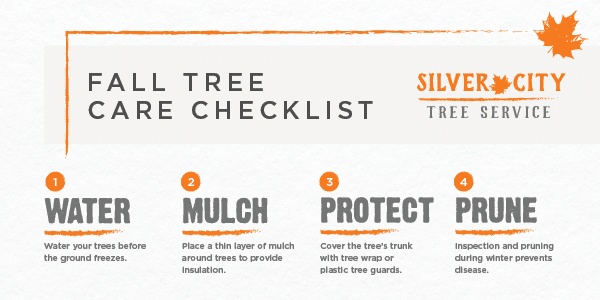Indicators It's Time To Eliminate A Tree - A Property Owner'S Guide
Indicators It's Time To Eliminate A Tree - A Property Owner'S Guide
Blog Article
Authored By-Merrill Conway
Trees include charm and value to home, but they can additionally present a risk during extreme weather condition occasions. If a tree has quit growing, is showing visible fungal growth, or has a leaning trunk, it must be gotten rid of by an expert to avoid residential or commercial property damage and injury.
For more information, go to a home owner source fair co-hosted by HPD, the Center for NYC Neighborhoods, and Brooklyn-based real estate partners this evening in Bedford-Stuyvesant. The event will certainly feature the Homeowner Handbook, a brand-new guide to help house owners browse the responsibilities of owning a home.
1. Dead or Perishing Branches
Trees are an important part of your home's landscape, supplying color and charm. They additionally supply shelter for wild animals and create oxygen, but also healthy and balanced trees can experience health problems that may necessitate their removal. Dead or dying trees aren't just undesirable, they can be hazardous. Their branches could drop throughout a tornado, causing expensive residential or commercial property damage and injuries.
When a tree's branches start to die, it indicates that its structure is beginning to break down. If the majority of its branches are dead, it is likely time to remove it.
Try to find https://www.bobvila.com/slideshow/9-ideas-for-a-beautiful-brick-patio-52865 of brand-new development, bark peeling, open injuries or tooth cavities, fungi expanding on the trunk or origins and a general appearance of degeneration in the entire canopy. These indications of infection can indicate a serious problem that will certainly require specialist tree services to fix.
2. Leaning Trunk
While it's regular for trees to lean from time to time as a result of phototropism, if a tree has a dangerous or extreme lean that's not as a result of natural processes - it could be an indication that the tree needs to be eliminated. If the tree is favoring a high-voltage line, home, vehicle, play framework or any other location that could be hazardous to individuals if it falls, then calling a professional tree solution for elimination need to be a leading concern.
It's additionally vital to watch for any type of sudden changes in a tree's leaning as it can suggest damages to the origins or trunk that might result in dropping. This is specifically real during stormy weather, because high winds and rain-soaked soil can create a lean to transform rapidly. Regular surveillance, especially throughout and after storms can assist house owners recognize potential problems with their trees so they can call an arborist for a complete assessment.
3. Parasite Invasion
Some pest invasions, such as wood-boring bugs like emerald ash borer or sap-suckers like scale bugs, are so extreme that they can trigger a tree to pass away. The very best method to stop pest problem is to monitor your trees often. Look for areas, holes, or discolorations in the fallen leaves and bark. Analyze the trunk for cracks and indicators of insect damage, such as passages or tracks.
If a tree ends up being as well plagued with bugs, or is close to a home or high-voltage line, an arborist might recommend removal. If a leaning tree develops a new, unstable lean, an arborist will likely advise elimination also to ensure the safety and security of individuals and building. If Visit Home Page damaged or dead tree continuously loses extreme branches, it is a sign that it is time to get rid of the tree. If a tree remains to drop branches for an extended amount of time, it might result in architectural issues and possible residential property damages.
4. Damaged Trunk
Trees are a stunning and vital part of our landscape, but they do need regular like maintain them healthy and balanced and secure. If a tree is damaged irreparable it is most likely time for it ahead down.
Search for indications of damage to the trunk, consisting of upright cracks, joints, dead branch stubs, visible injuries or open cavities and serious tree-rot. The visibility of fungi at the base of the trunk is an additional warning sign. Fungi may show that the phloem and xylem (life-support cells) are endangered, enabling the spread of condition or a future failing.
Also, consider whether the tree has quit expanding. Healthy trees will have new development annually, which might be visible as buds or branches growing and extending. If https://elliottidxrl.blogrelation.com/35387262/securing-your-landscape-replanting-after-tree-elimination don't see any type of brand-new development, it's a good concept to have an arborist assess the tree and follow their suggestion for removal. A dying or damaged tree can drop and cause building damages.